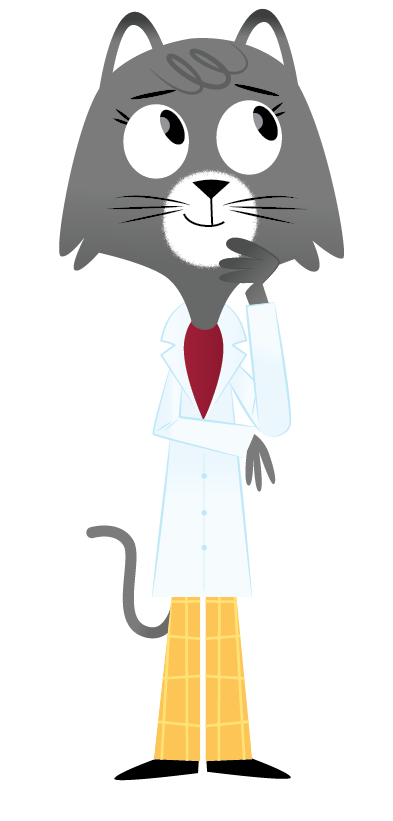Dear Lydia,
The short answer is yes, said my friend Leslie Sprunger, a veterinarian and professor in the College of Veterinary Medicine at Washington State University. But, as always, there’s a catch.
When I visited Sprunger in the anatomy lab, she explained that no matter the species, bones and muscles are all very much alive.
 When we look closely at bones and muscles, they are similar across species. You’d need a microscope to see this, but it would show the tiny living cells that make up animals’ bones and muscles.
When we look closely at bones and muscles, they are similar across species. You’d need a microscope to see this, but it would show the tiny living cells that make up animals’ bones and muscles.
Without these cells that form muscles and bones, we’d all just be piles on the floor.
Some of these cells break down bone, form new bone, sense damage, or bring in calcium to keep bones strong. Some cells will bundle up together to form muscles that help your body pump blood, lift things, breathe, and move around.
Looking at animals without a microscope, you may have noticed they are different from one another.
“One thing you can say is the reason a human looks different than a dog, a cat, a horse, or an elephant is really about the differences in the shapes of the bones and muscles,” Sprunger said. “They form the structure of the body.”
Humans have 206 bones, while the average cat has about 244 bones. Sometimes, it’s the number of bones and muscles that makes a difference in how an animal moves around.
We cats, for example, have more bones in our spine than humans do. It helps keep us nimble.
“How animals are put together has a lot to do with what they are doing on a daily basis,” Sprunger said. “Does the animal walk on two feet and use it’s hands like we do? Or does it walk on all four feet? Does it run fast to catch dinner, or stand around and graze? Or does it climb trees to catch dinner?”
Giraffes reach their long necks up to get dinner from trees. They actually have the same number of neck bones as humans do, but humans don’t need to reach up into trees to get their dinner, so their neck bones are smaller. So, sometimes it’s the size and shape of the bone makes all the difference.
Actually, some animals don’t have bones at all. Shark skeletons, for example, are made up of a substance called cartilage. Humans have cartilage in their ears. In sharks, the cartilage connects to their muscles.
“It’s pretty much the same thing with muscles. When we look at whole muscles, many of them are the same from one species to another, but they might be a little different shape or size depending on what the animal does for a living,” Sprunger explains.
Veterinarians can use what they learn about little differences in animal bones, muscles, and cells to find out what kinds of diseases or problems an animal might develop in their life. What they learn about animal anatomy can also help treat humans, too, and help us all get well soon.
Sincerely,
Dr. Universe
Never miss a Q&A from Dr. Universe and friends. Subscribe to our newsletter: